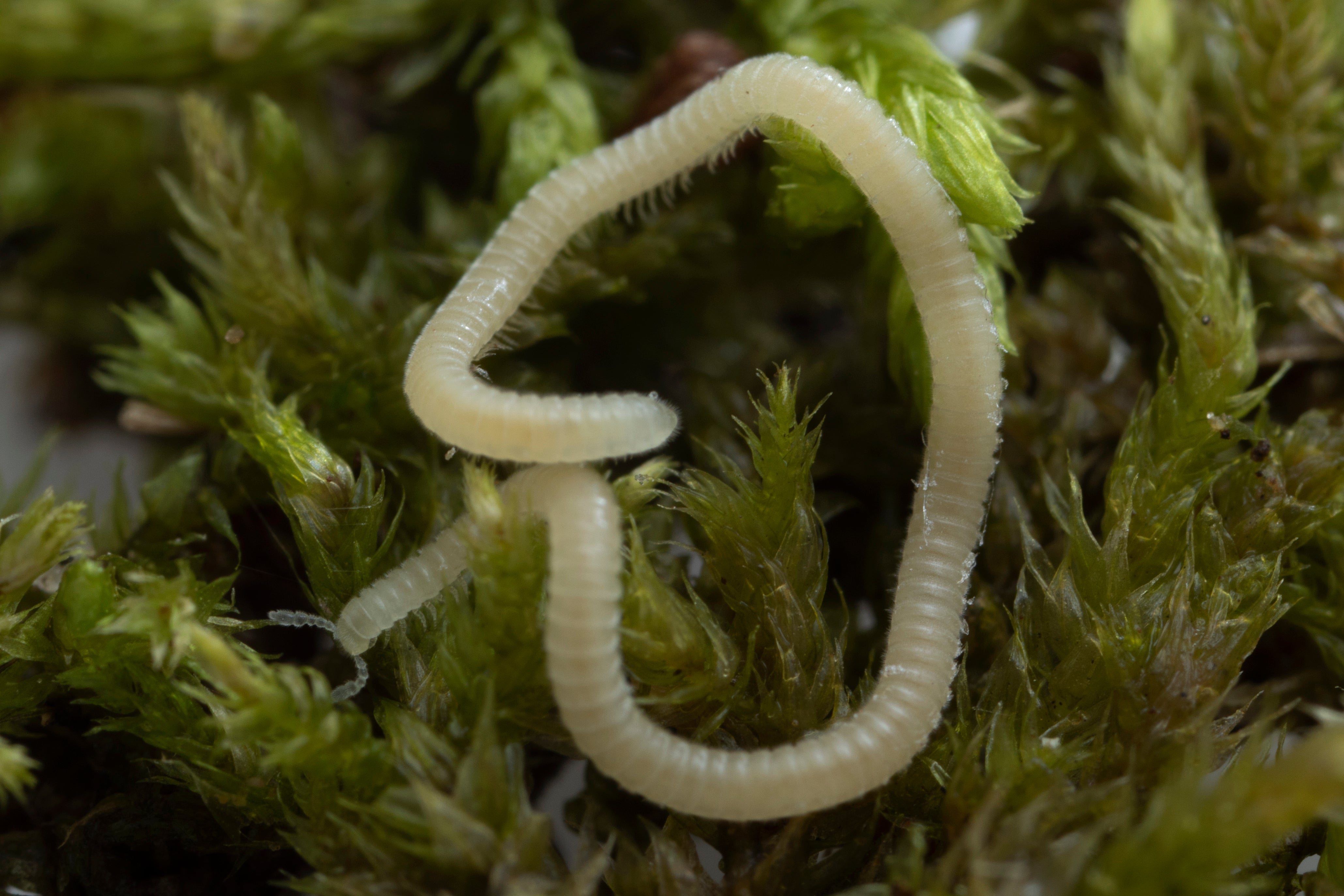A new millipede species is crawling under LA. It's blind, glassy and has 486 legs
An American metropolis known for freeways and traffic has a newly discovered species named in its honor: The Los Angeles Thread Millipede

Your support helps us to tell the story
From reproductive rights to climate change to Big Tech, The Independent is on the ground when the story is developing. Whether it's investigating the financials of Elon Musk's pro-Trump PAC or producing our latest documentary, 'The A Word', which shines a light on the American women fighting for reproductive rights, we know how important it is to parse out the facts from the messaging.
At such a critical moment in US history, we need reporters on the ground. Your donation allows us to keep sending journalists to speak to both sides of the story.
The Independent is trusted by Americans across the entire political spectrum. And unlike many other quality news outlets, we choose not to lock Americans out of our reporting and analysis with paywalls. We believe quality journalism should be available to everyone, paid for by those who can afford it.
Your support makes all the difference.The City of Angels, a metropolis of freeways and traffic, has a newly discovered species named in its honor: The Los Angeles Thread Millipede.
The tiny arthropod was found just underground by naturalists at a Southern California hiking area — near a freeway, a Starbucks and an Oakley sunglasses store.
About the length of a paperclip but skinny as pencil lead, it's translucent and sinuous like a jellyfish tentacle. The creature burrows four inches below ground, secretes unusual chemicals and is blind, relying on hornlike antennas protruding from its head to find its way.
Under a microscope, the millipede with its 486 legs and helmet-like head resembles a creature in a Hollywood monster film.
“It’s amazing to think these millipedes are crawling in the inner cracks and crevices between little pieces of rock below our feet in Los Angeles,” said entomologist Paul Marek of the Virginia Polytechnic Institute. He was part of the research team that included scientists from West Virginia University, and the University of California, Berkeley.
Their findings on the species, whose scientific name is Illacme socal, were published June 21 in the journal ZooKeys. The species' vernacular name is Los Angeles Thread Millipede.
“It goes to show that there’s this undiscovered planet underground," Marek added.
It joins other millipedes found in the state, including the world’s leggiest creature on record — aptly named Illacme plenipes, Latin for “in highest fulfillment of feet” with 750 limbs. It was found in 1926 in a small area in Northern California.
Millipedes feed on dead organic material and without them people would be “up to our necks" in it, Marek said.
“By knowing something about the species that fulfill these really important ecological roles, we can protect them and then the environment that protects us as well,” Marek said.
iNaturalist, a citizen naturalist app, led Marek to the discovery. Naturalists Cedric Lee and James Bailey posted the critter they found when when they were out collecting slugs at Whiting Ranch Wilderness Park in nearby Orange County four years ago. The team used DNA sequencing and analysis to prove it was indeed a new species.
Lee, a doctoral student at UC Berkeley, has discovered and documented thirty centipedes species in California. He said microorganisms have been often neglected in the search for new species, but thanks to modern tools available to anyone, citizen science can be a bridge between between the natural world and the lab.
“We don’t know what’s completely out there,” Lee said. “There's literally undescribed species right under our feet.”
Scientists estimate 10 million animal species live on Earth, but only one million have been discovered.
“What we don’t know is far more than what we know in terms of insect species and small creatures around the world,” said Brian Brown, curator of entomology at the Natural History Museum of Los Angeles County.
After having led a four-year research project called BioSCAN, which planted insect traps throughout backyards in the city, Brown estimates 20,000 species of insects inhabit Los Angeles alone, both discovered and undiscovered.
But he worries about threats to native species such as climate change and invasive species.
“It really is going to take a lot more work and effort to try and save, try and document the species before they all go extinct,” he said.
Daniel Gluesenkamp, president of the California Institute for Biodiversity, who was not involved in the research, points to the Los Angeles Thread Millipede as the perfect example of an unexplored frontier.
“We need to be investing in local parks, we need to be saving any little patch of wild land, even if it’s surrounded by housing and parking lots,” Gluesenkamp said. “We need to know what’s there so that we can protect it and use it as a solution in the tremendously challenging times ahead.”